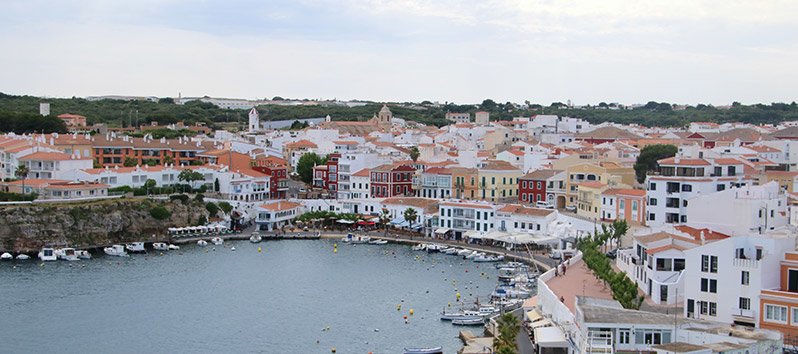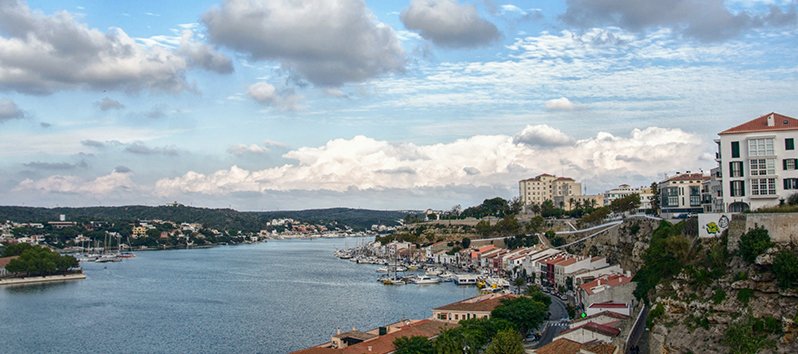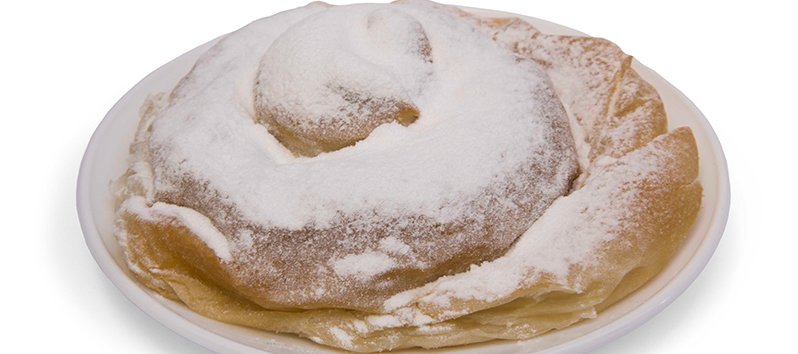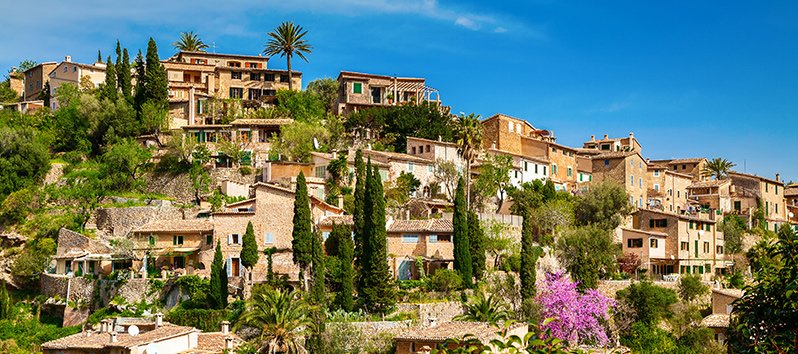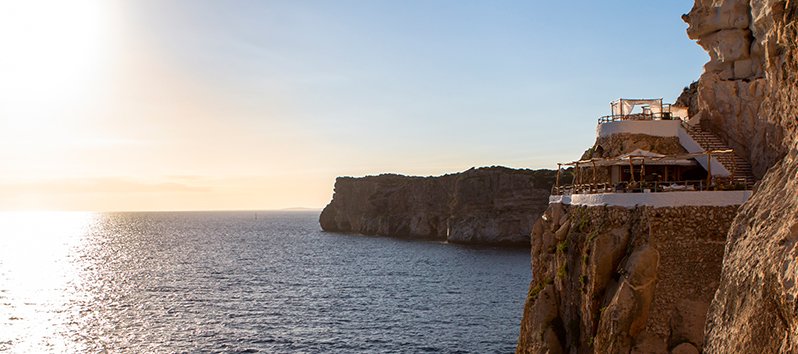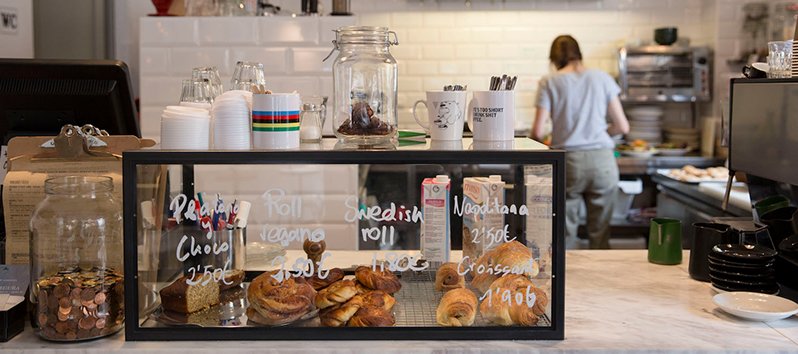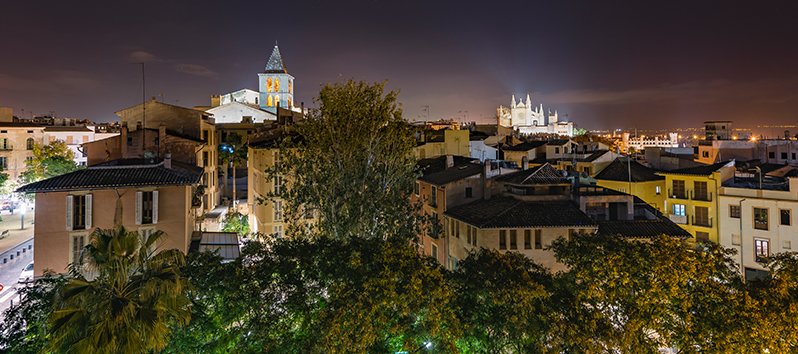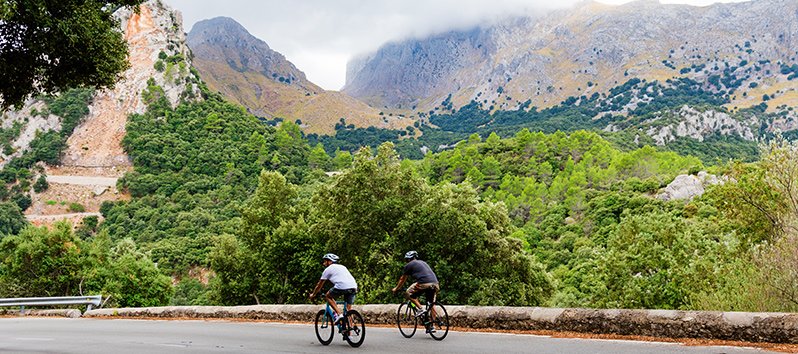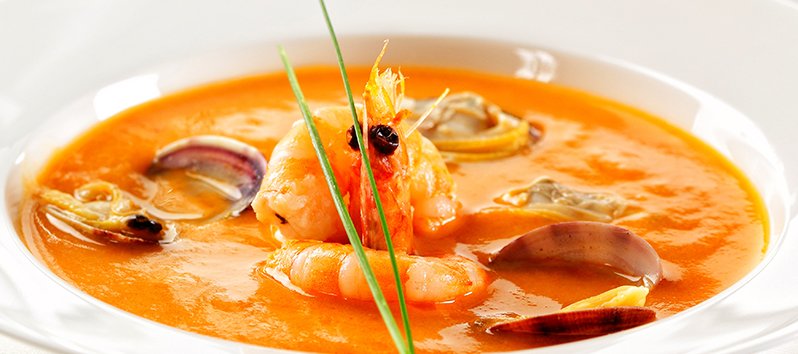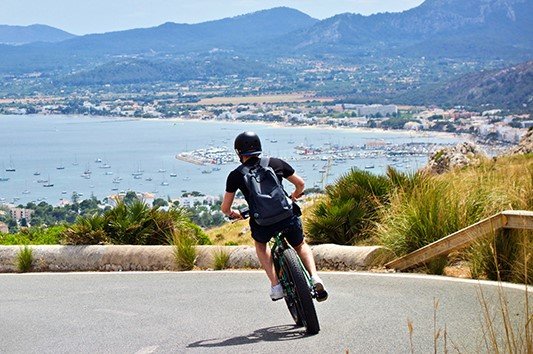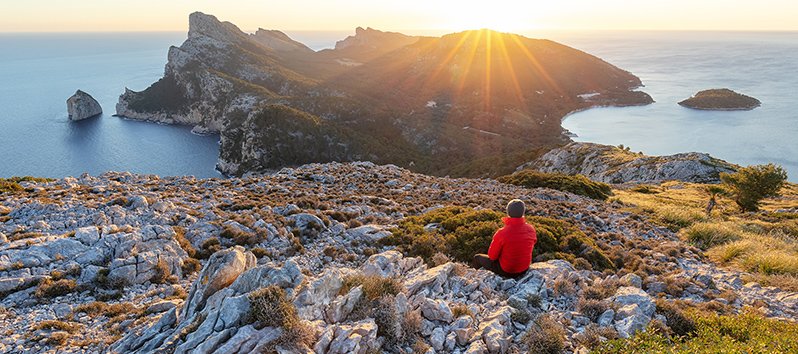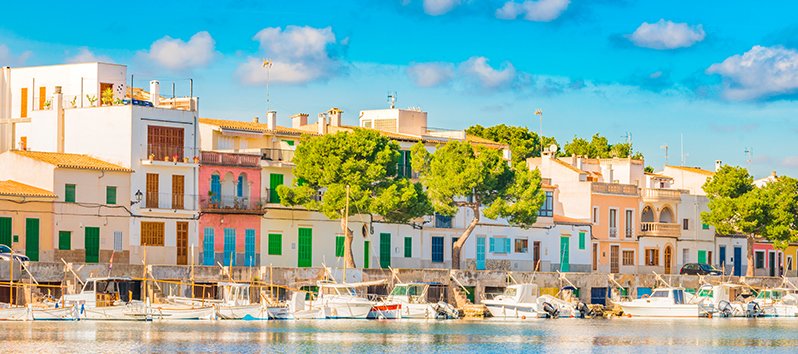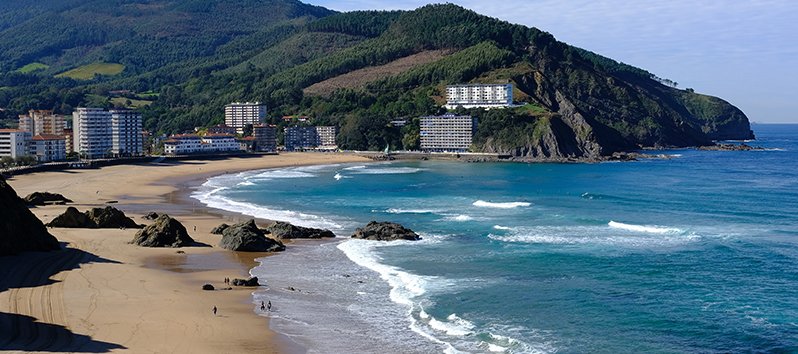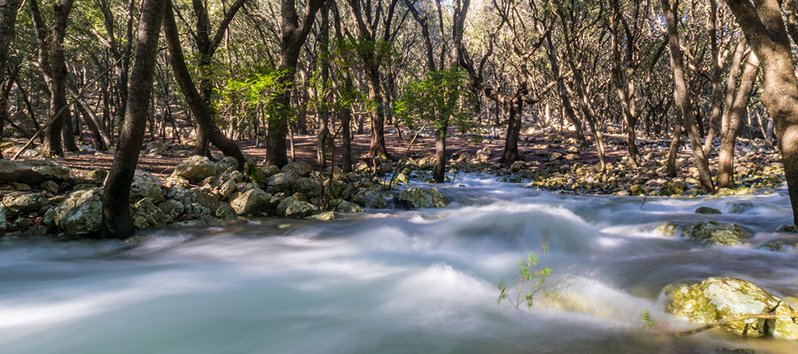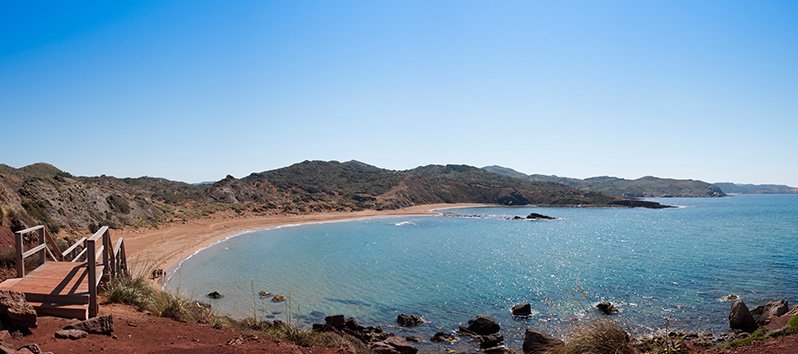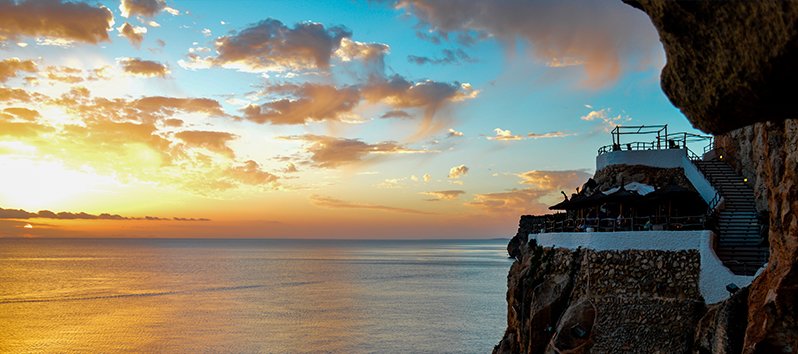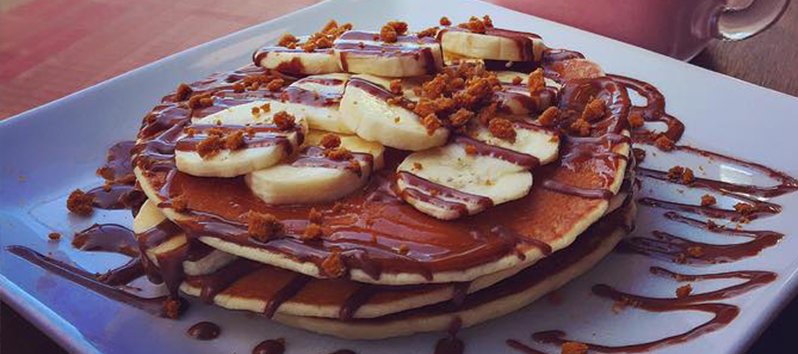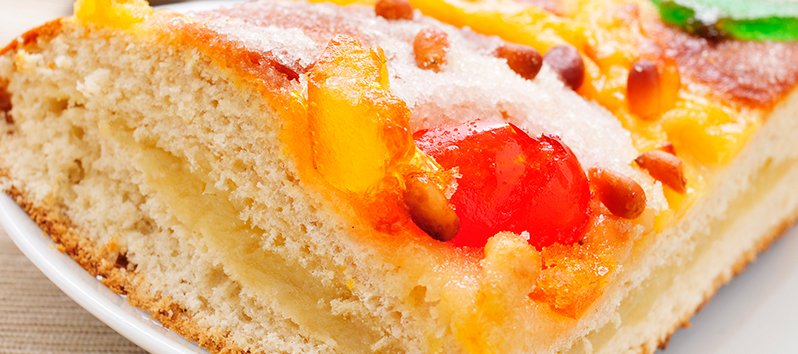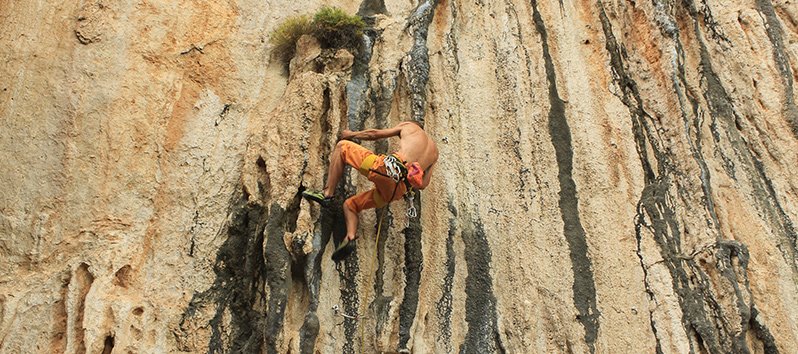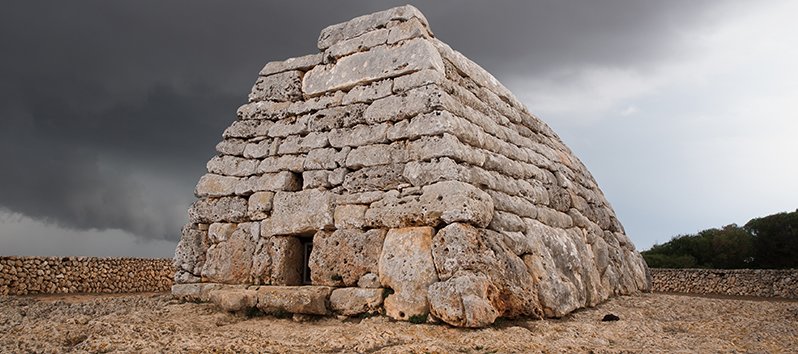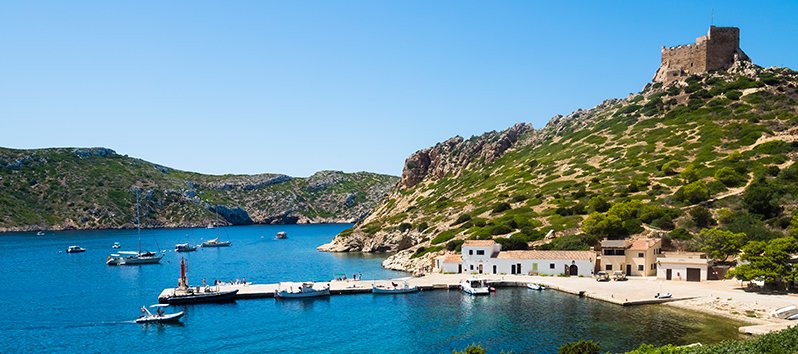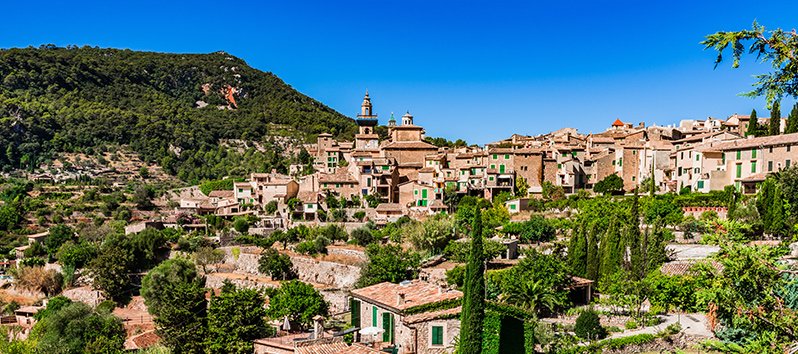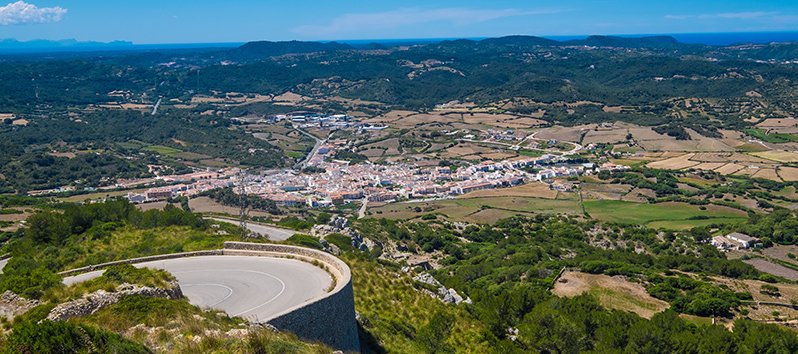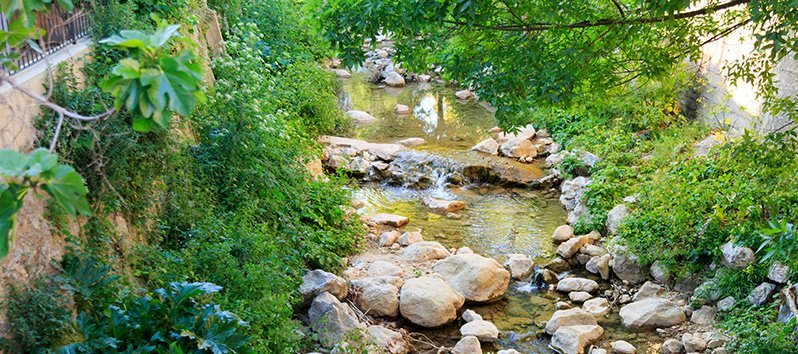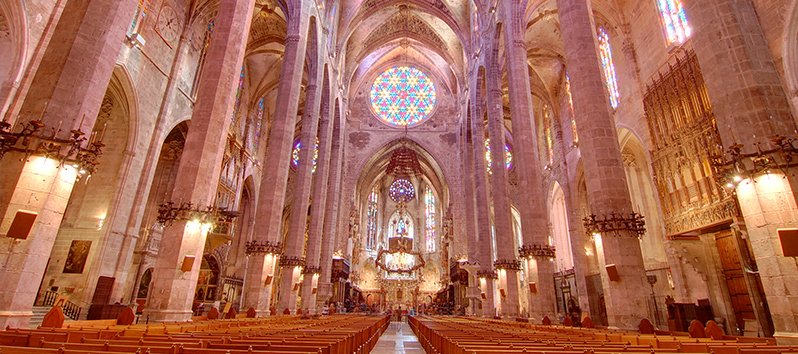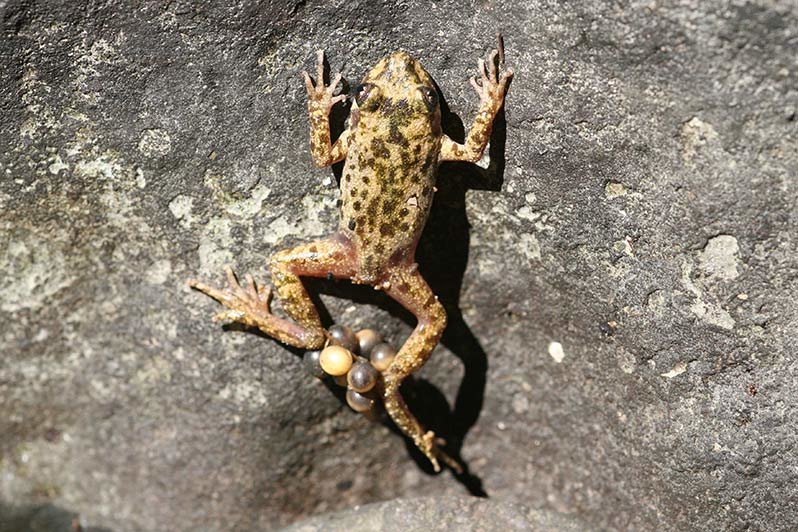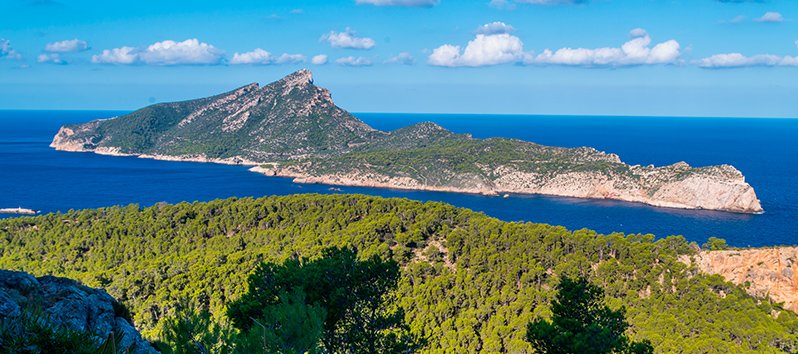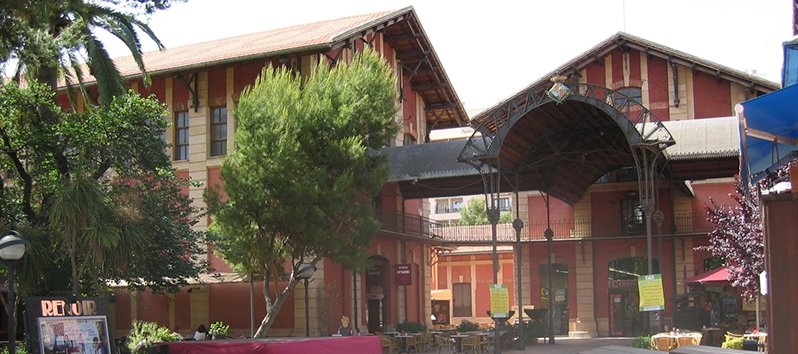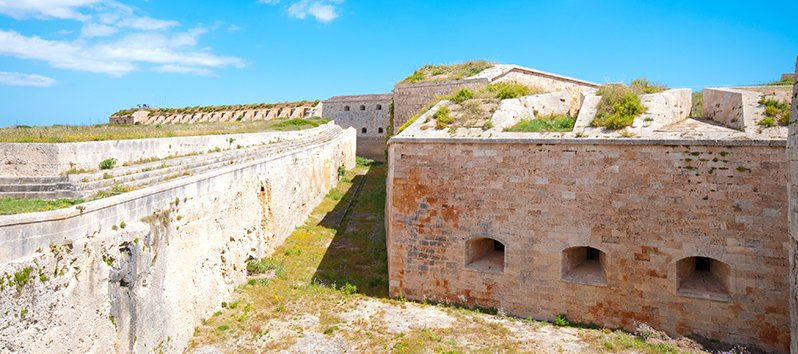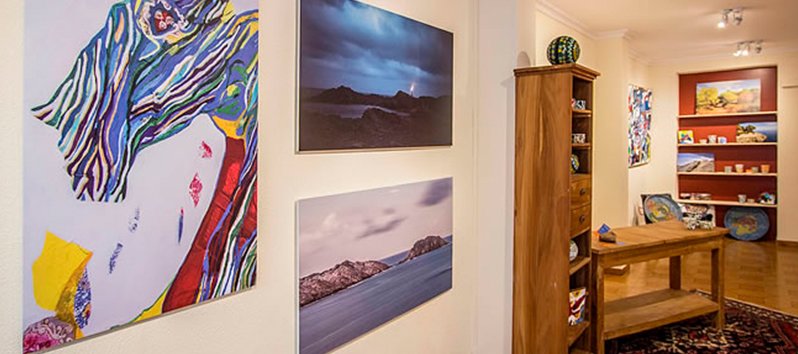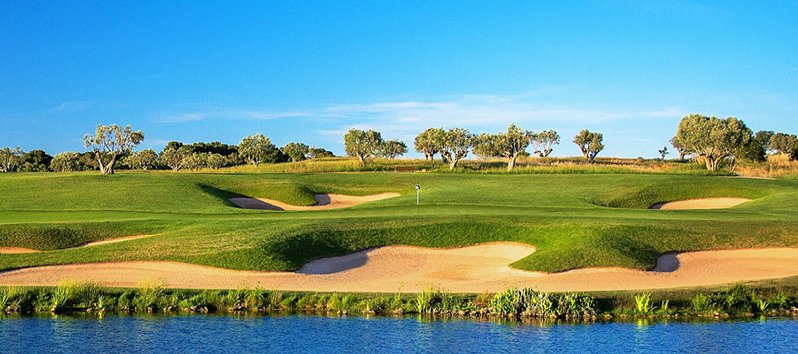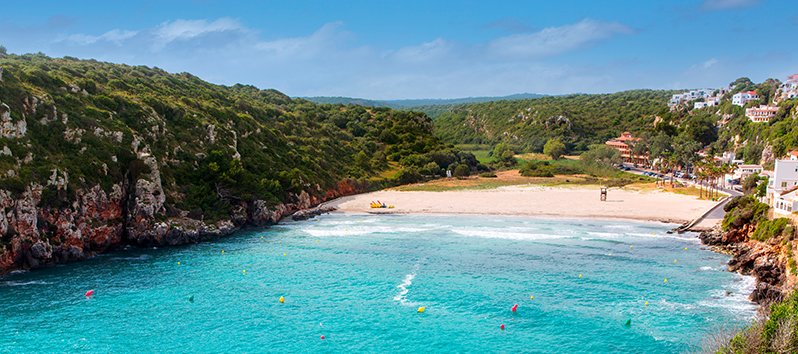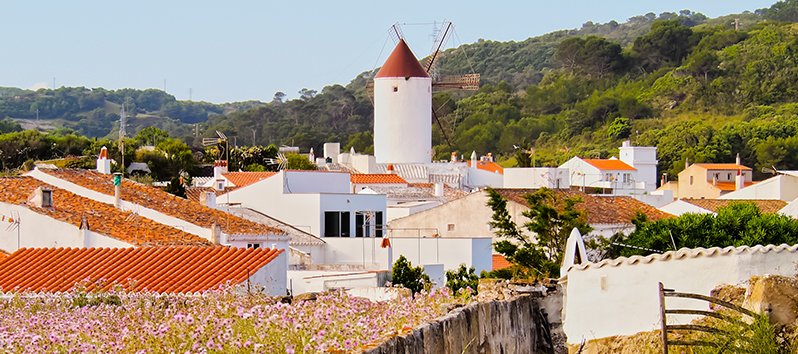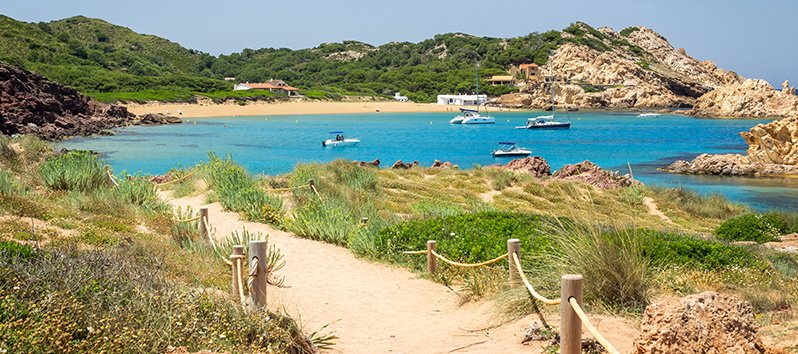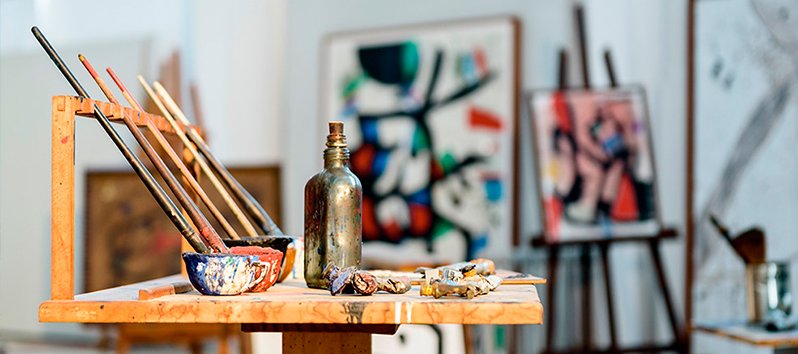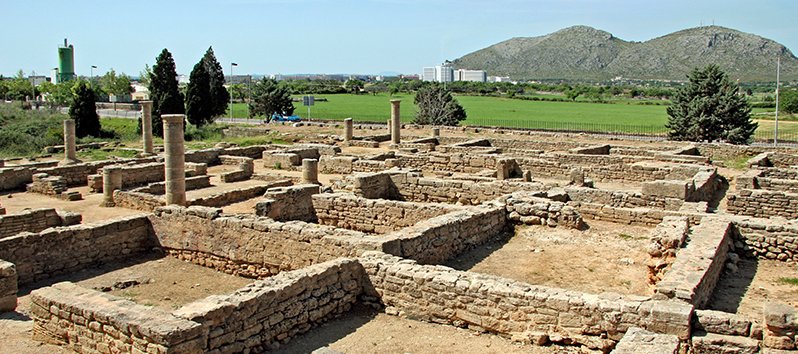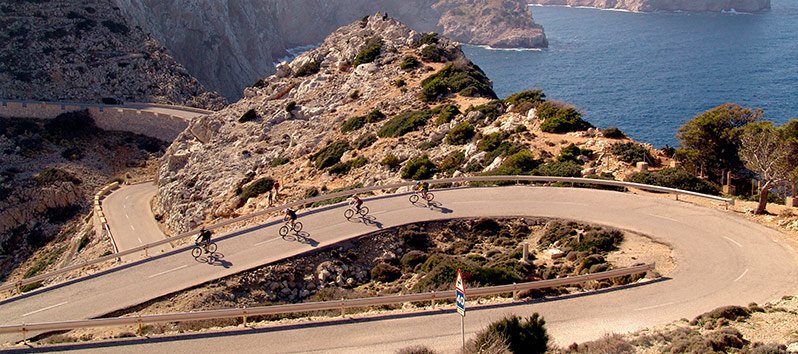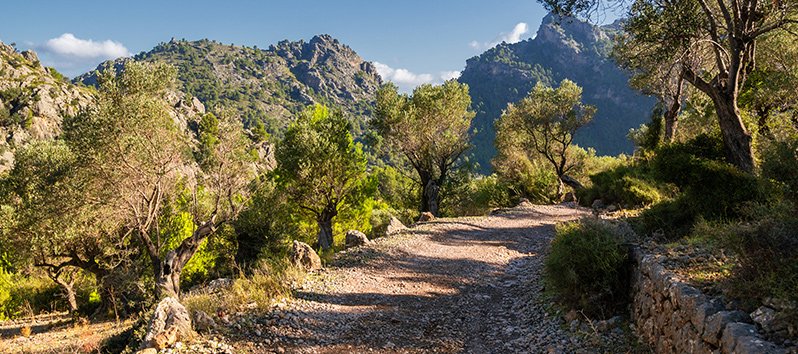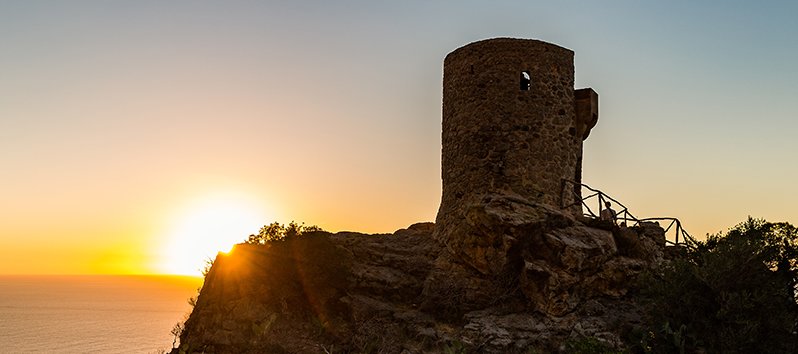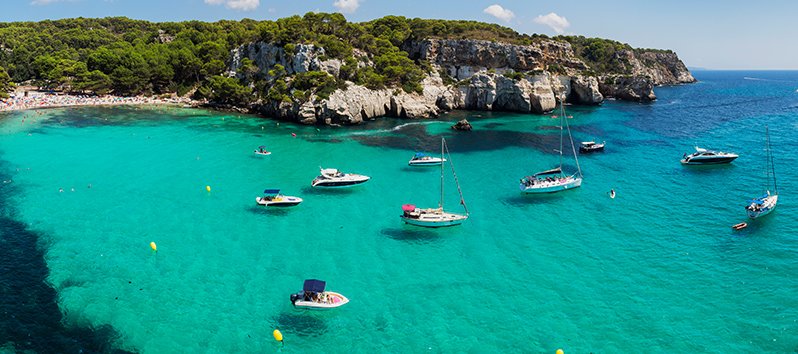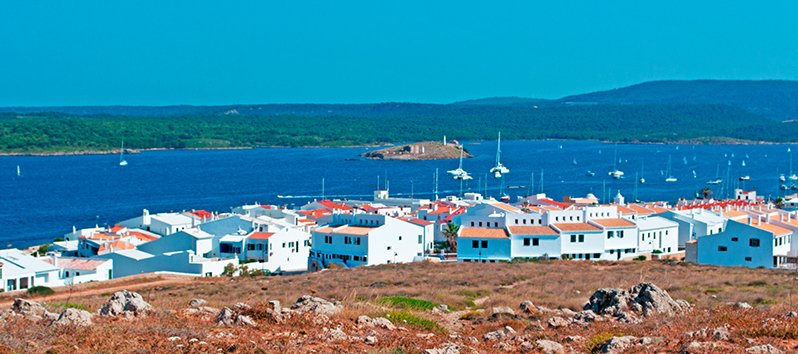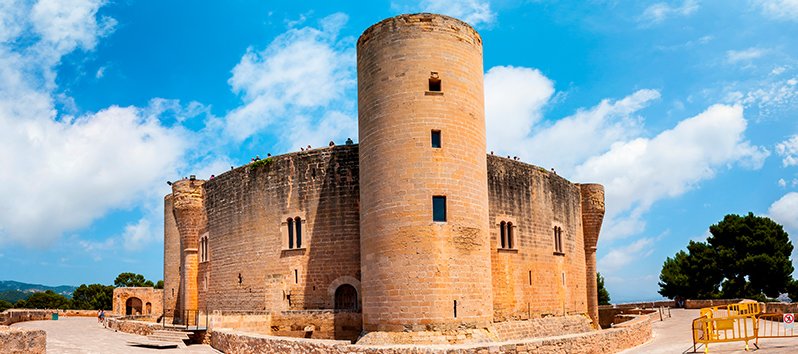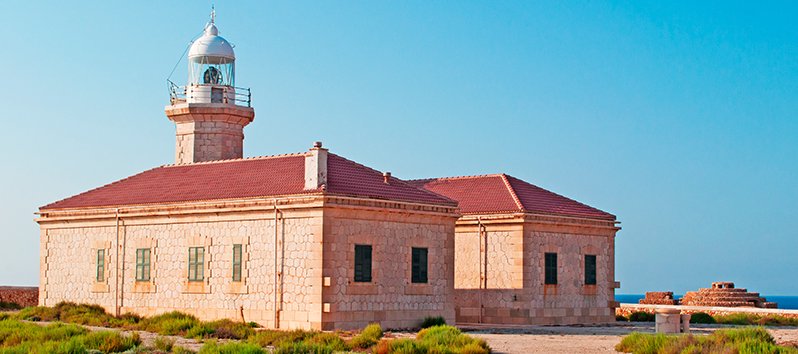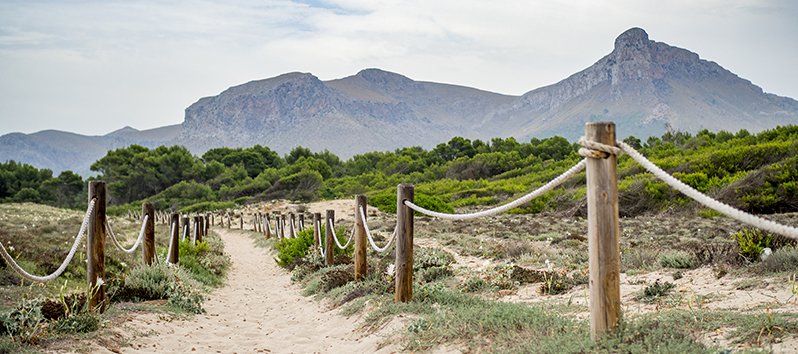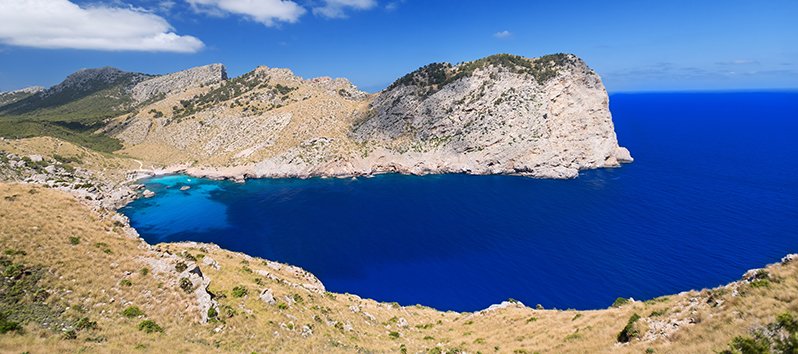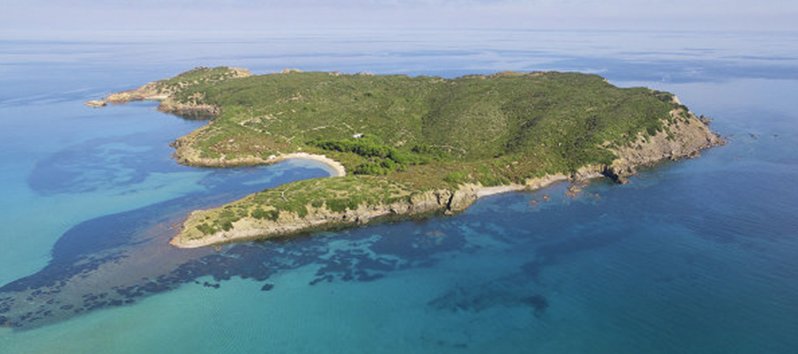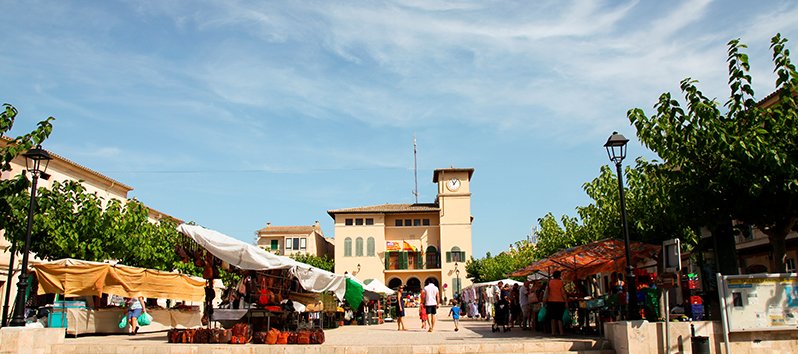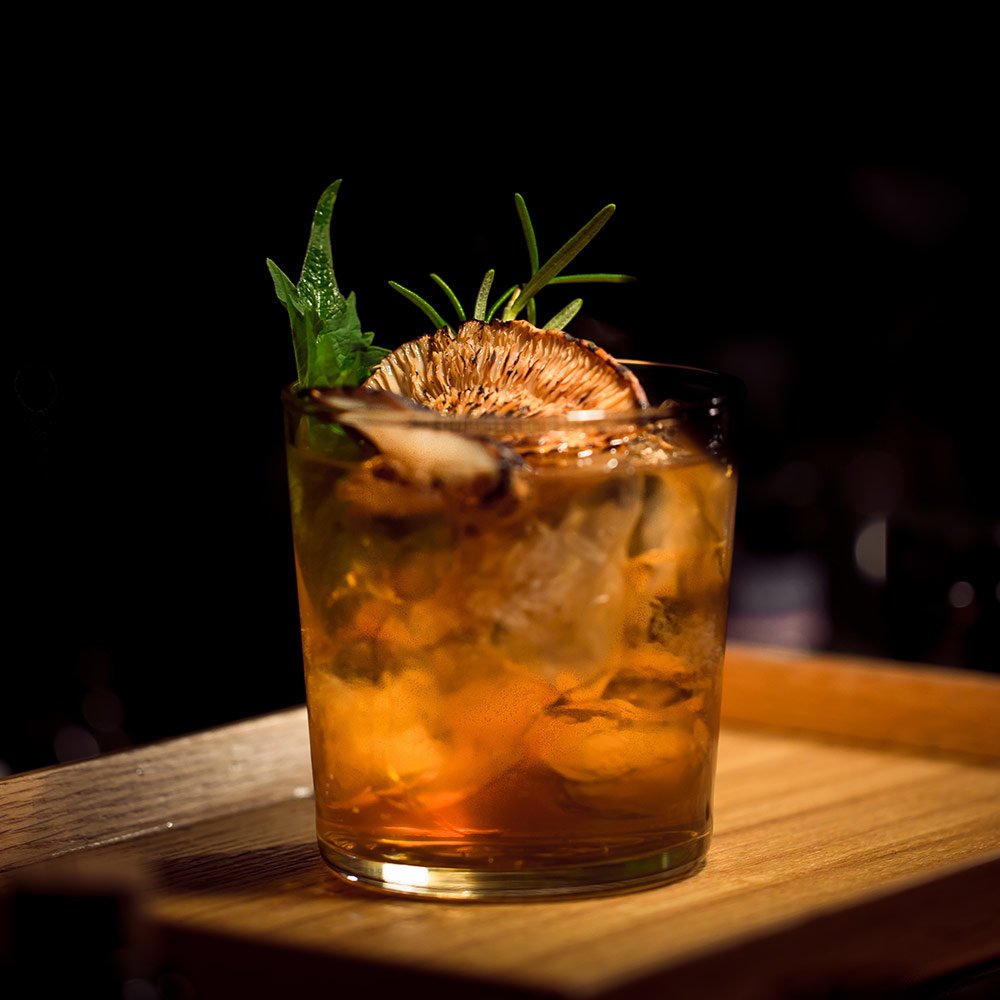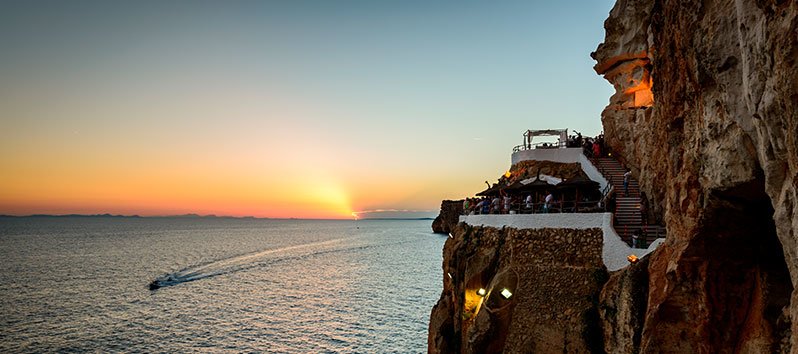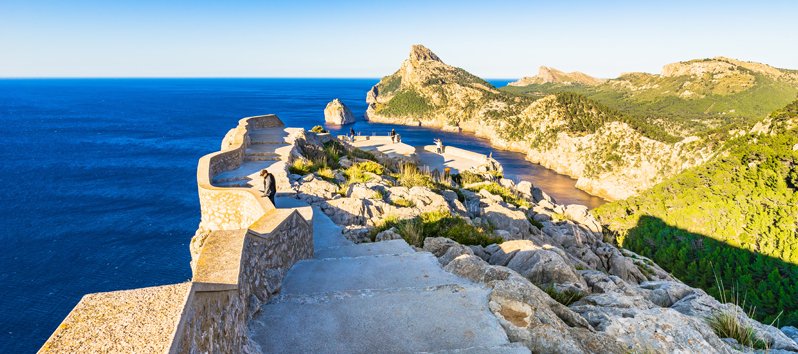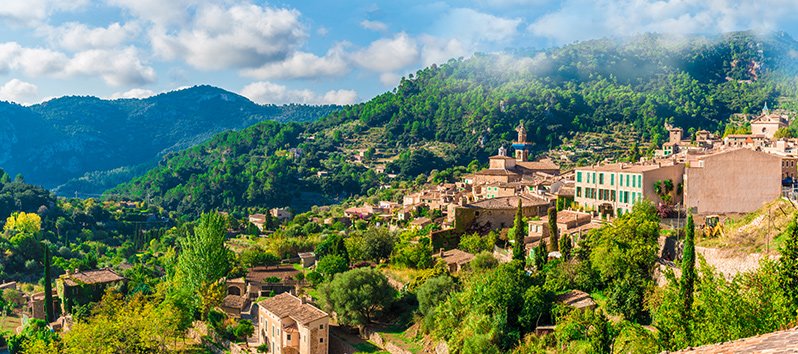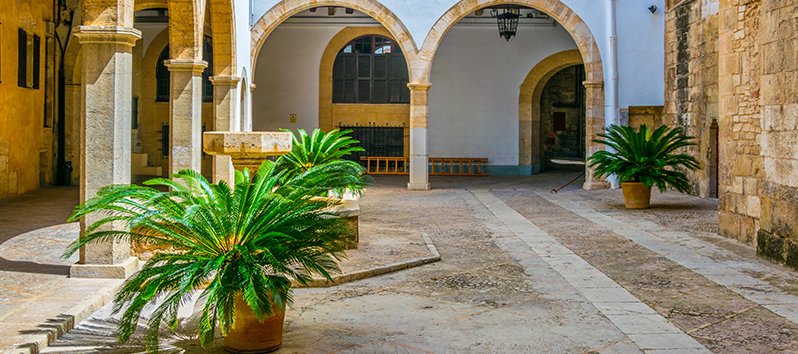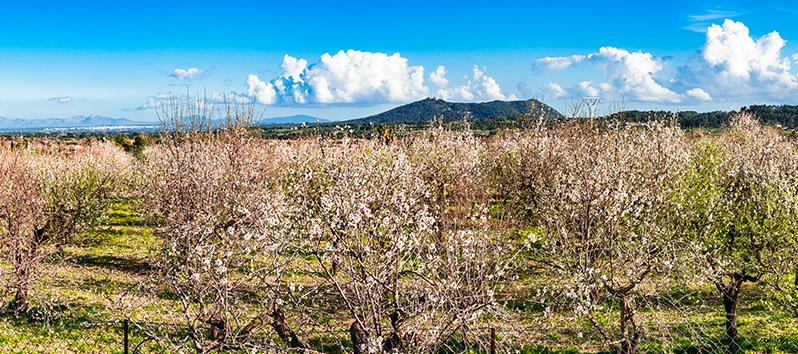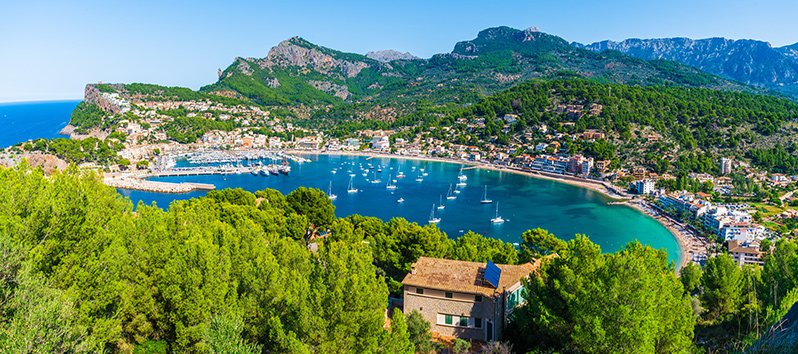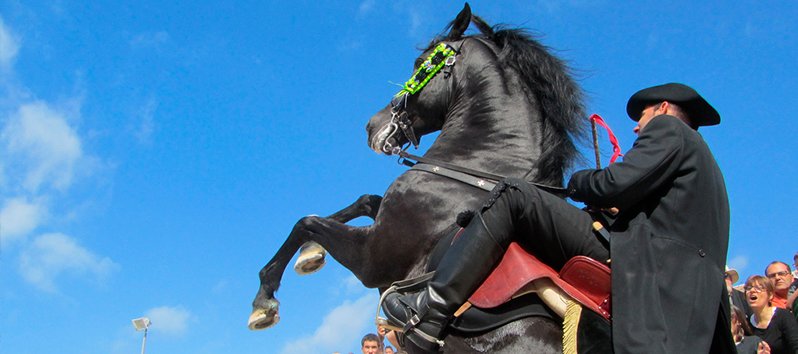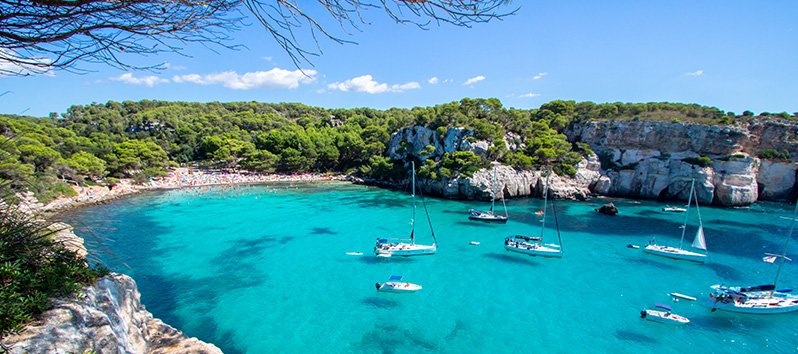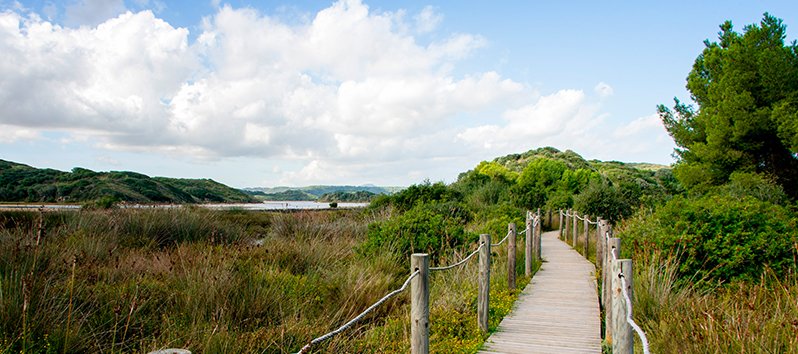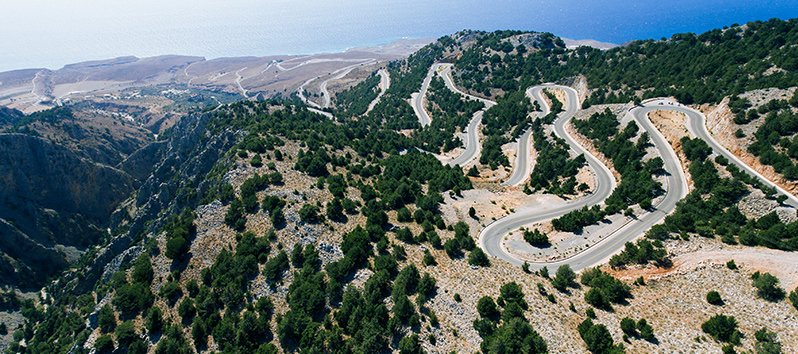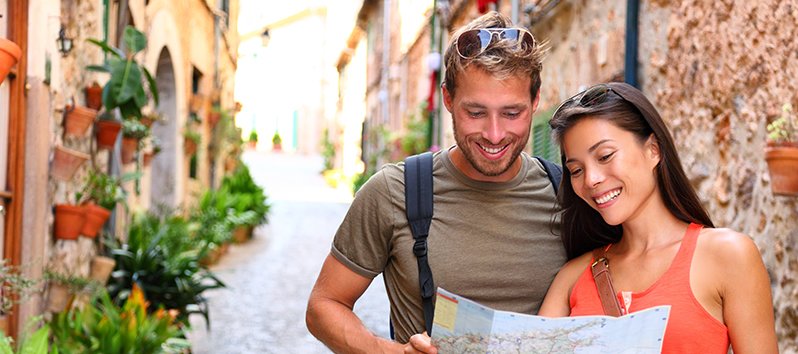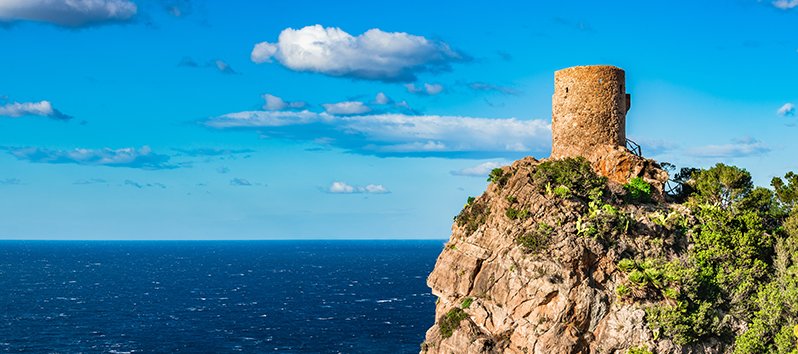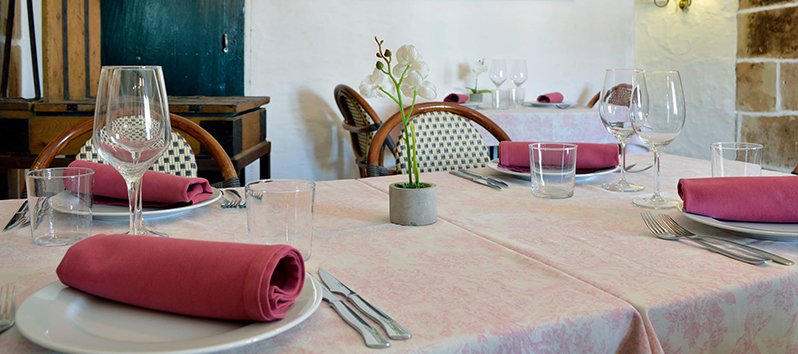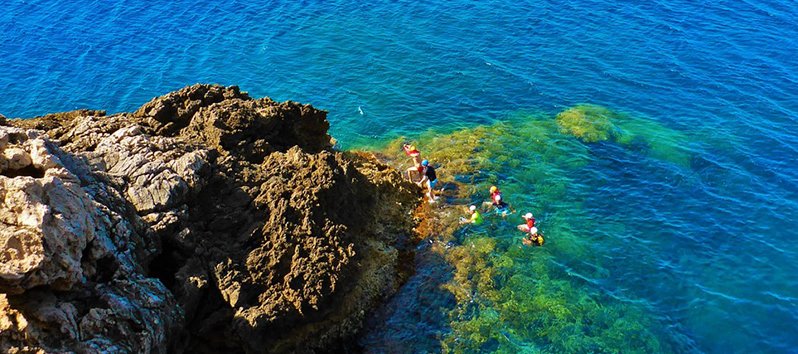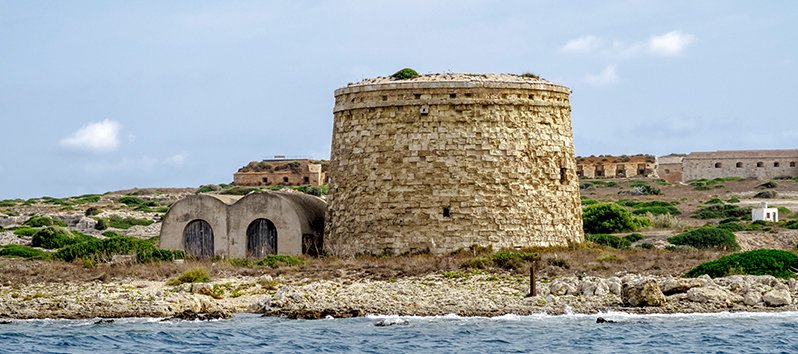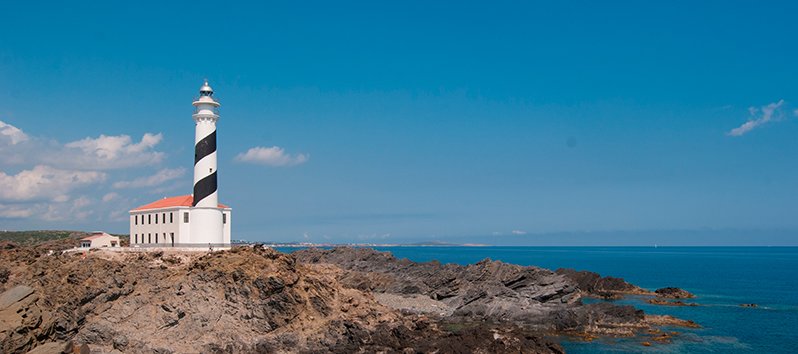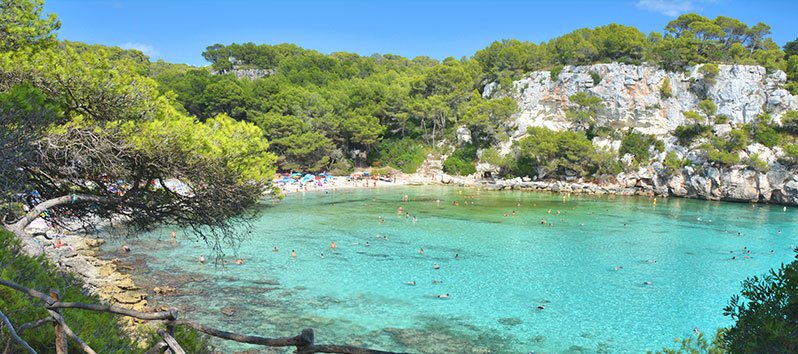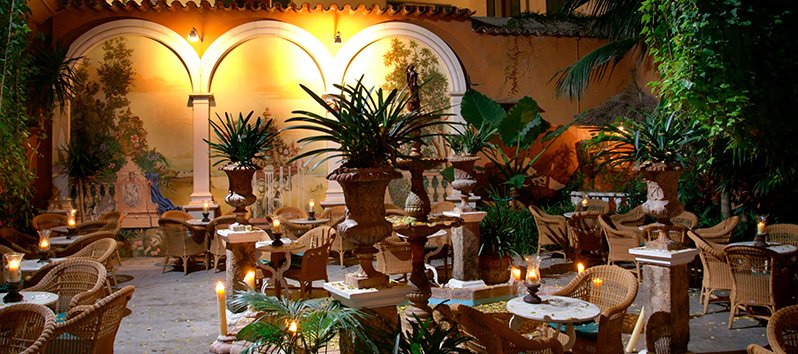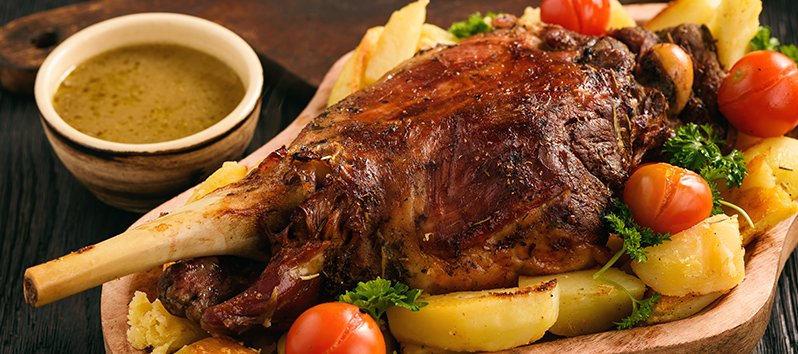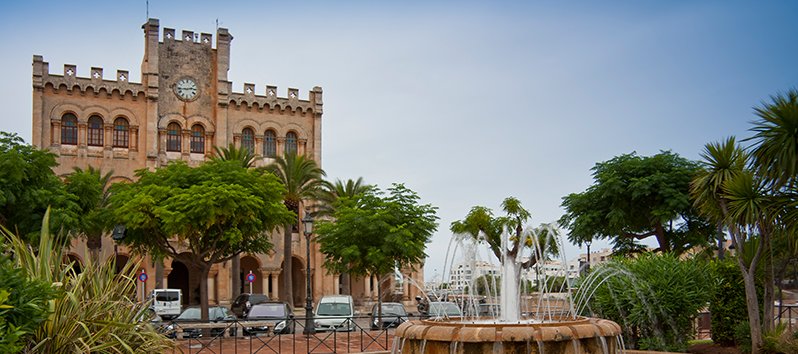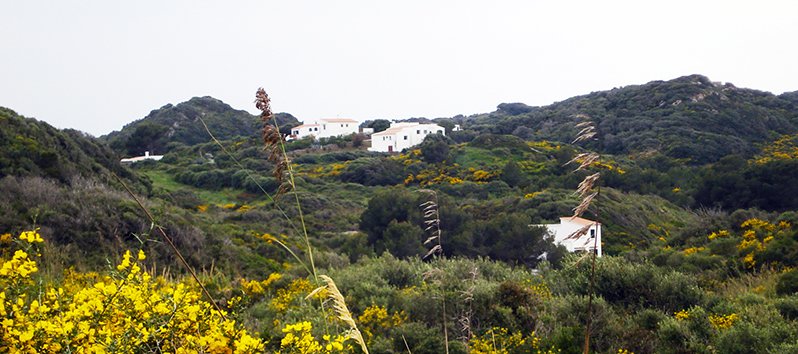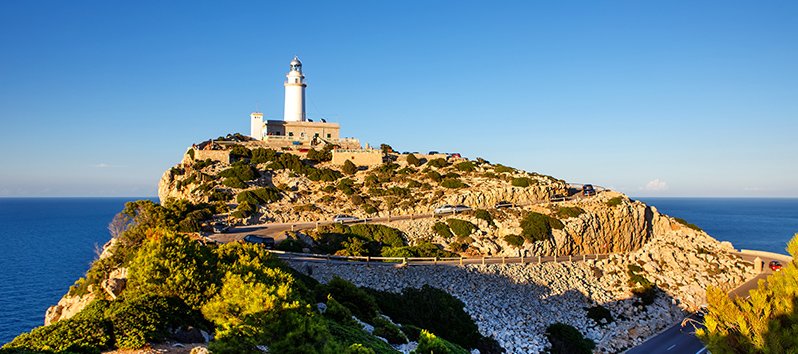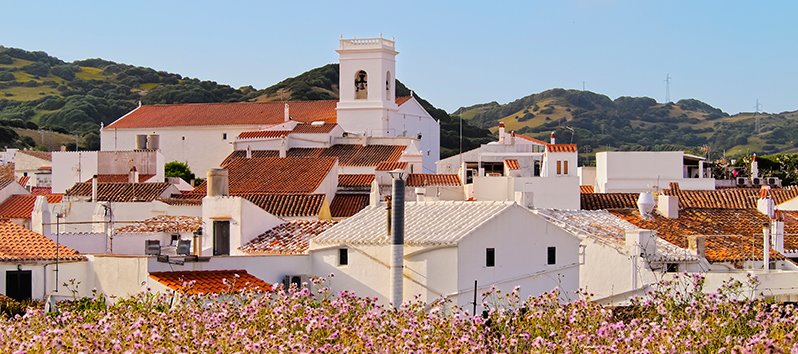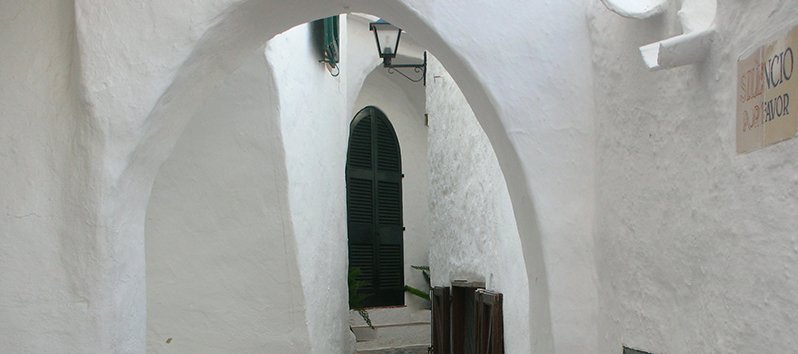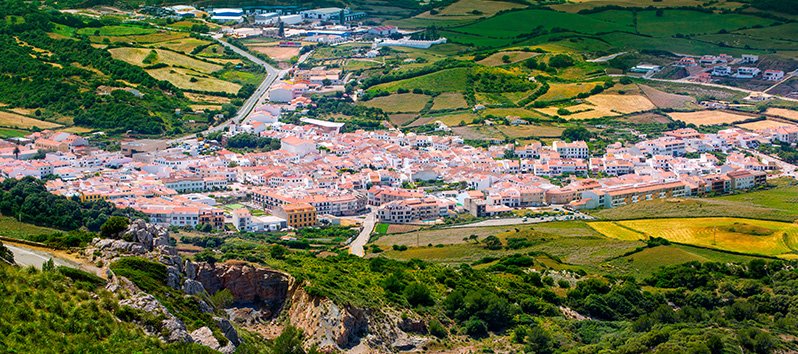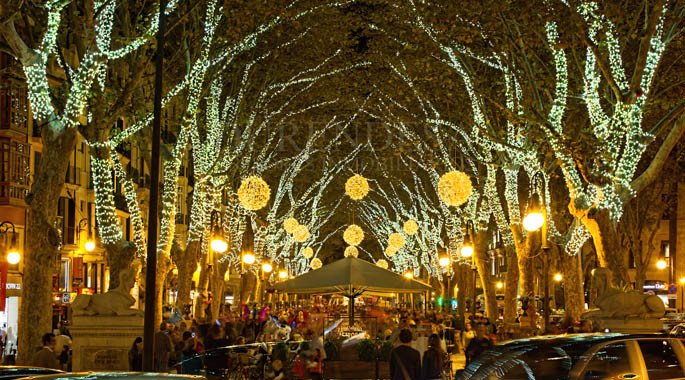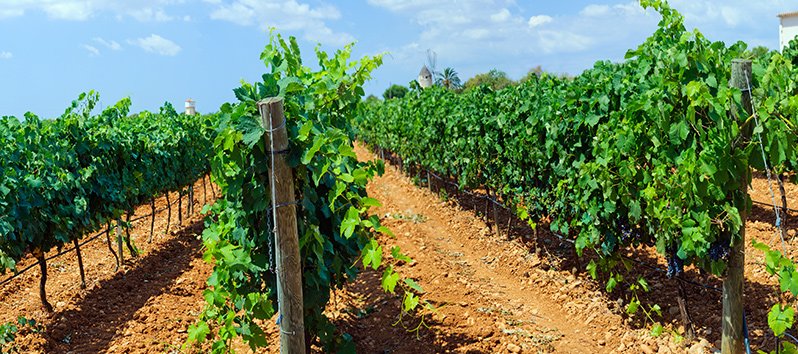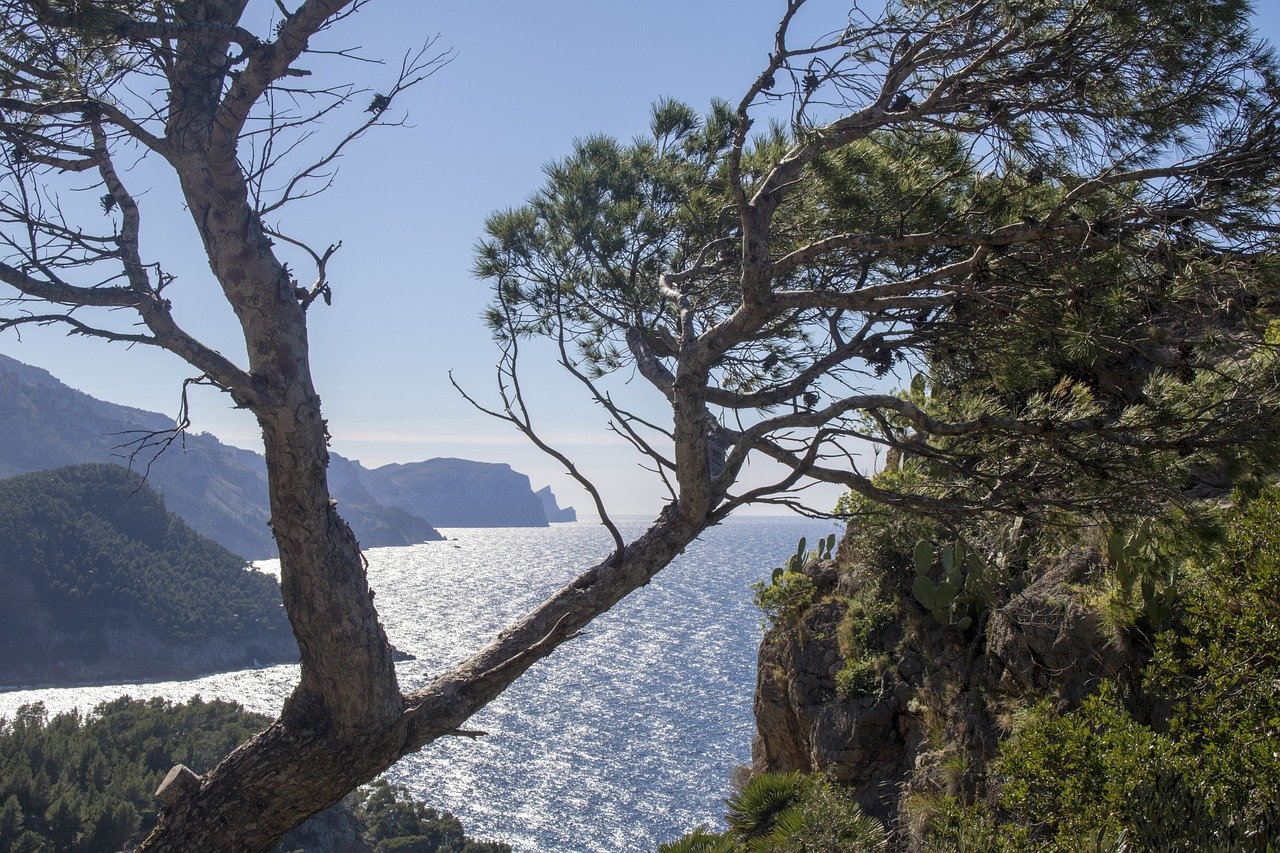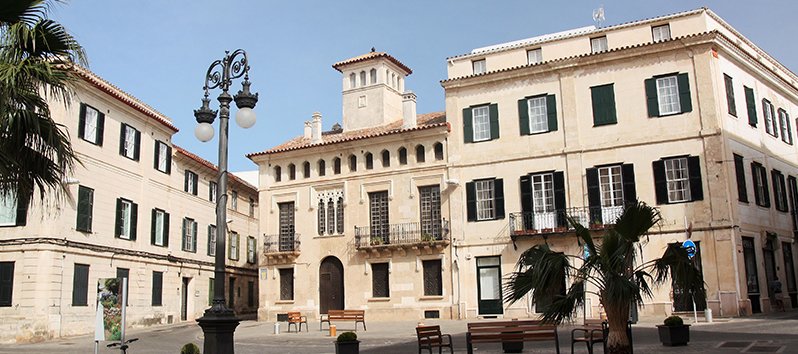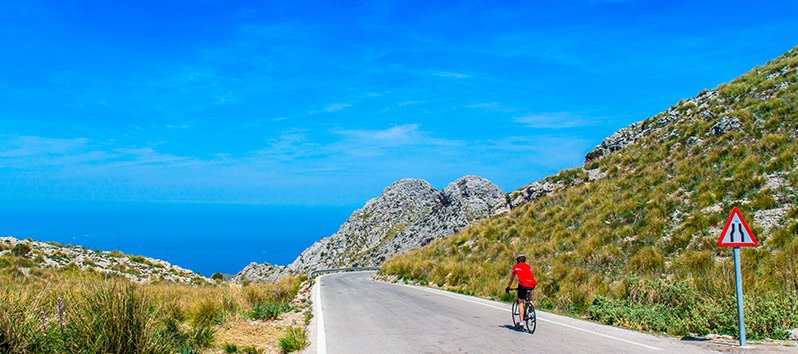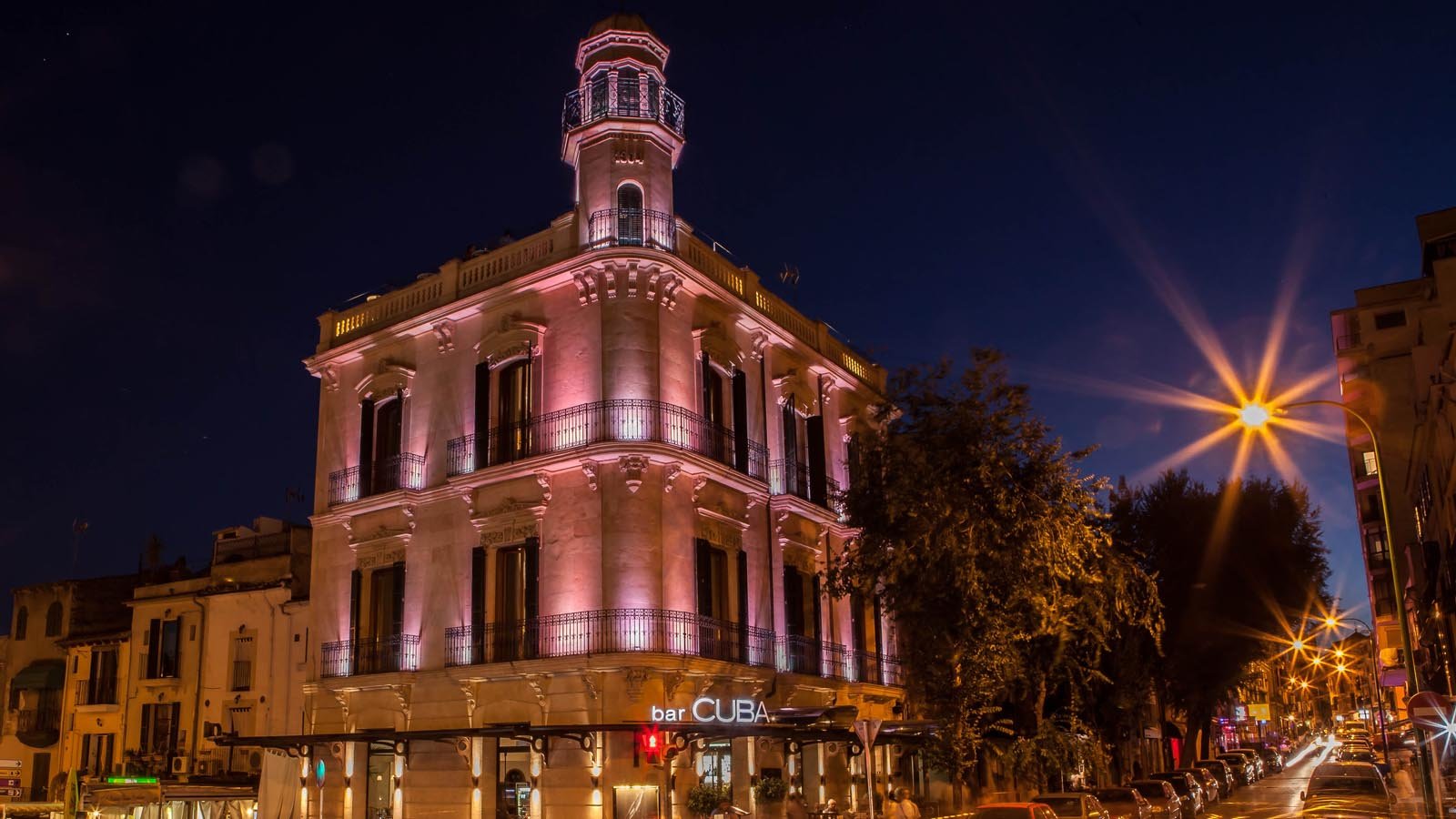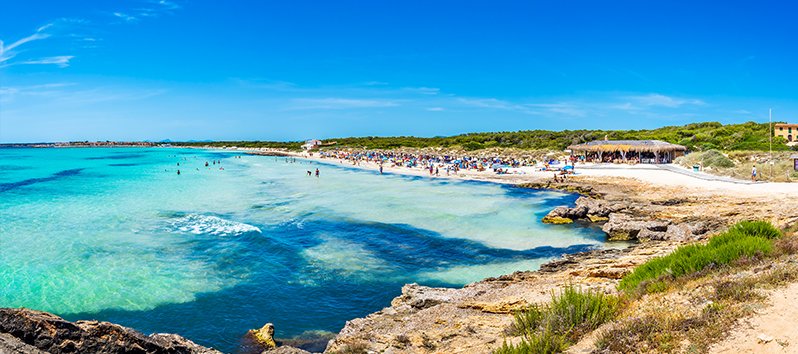If something was relevant during the 18th Century in Menorca it was the presence that the British crown had on the island for almost a whole century. More than 70 years that left a mark which the passing of time has not managed to erase. The War of Spanish Succession officially left -after the Treaty of Utrecht and after 5 years of disputes- Menorca and Gibraltar under British sovereignty. Here is the British legacy in Menorca that still remains on the island.
The defensive legacy
Defensive military architecture is perhaps the greatest British legacy we can find in Menorca. The coastline of the island is full of references that remind us that one of the priorities of our ancestors was to protect themselves from possible maritime invasions.

That is why a spectacular construction like Fort Marlborough watches over the visitor who arrives in Mahón from the sea. It is a fortification that was erected to protect the entrance to the port together with the Stuart Tower and the Castle of San Felipe, a building that was extended during successive British dominations and that, in part, was demolished by the Spaniards in the year 1782.
And as a defensive element, what better than towers that stand firm in front of the sea for the protection of the islanders against the pirates that at that time ravaged the Mediterranean. In the “Torre de la Princesa” tower -on the cliff of La Mola- gunpowder, ammunition and food for the officers was stored. The Fornells Tower guarded the entrance to the harbour with its four floors and served as a watchtower for the castle of San Antonio in the municipality that gives it its name (San Antonio). The Tower of Castellar was the protector of Ciutadella, with a curious access through a corridor located underground. Also worthy of mention are the “Torre d’en Quart” tower, due to its particular situation farther from the coast, or the Torres de Rambla, San Felipet Tower or Sa Mesquida Tower.
The civil legacy
During all these years the British changed the capital of the island from Ciutadella to Mahón considering this point the most interesting of all Menorca due to its natural harbour, which opened with great zeal to foreign trade. In the centre of it, there is an island that was baptized as “The King’s Island”, in which they built a hospital (now in disuse and in the recovery phase by a team of volunteer enthusiasts) where they treated the ones that got injured during naval battles. It is also the Camino d’en Kane, one of the most important British legacies in Menorca, which linked the two cities bordering the Minorcan countryside, being a vital means of communication during the 18th century.

In reference to the houses that were built in those years, there are memories in guillotine windows that can still be glimpsed ad over the island, in the green colour of some shutters and in the bow windows that still decorate many houses in Menorca forming those glass lookouts that stand out in the facades.
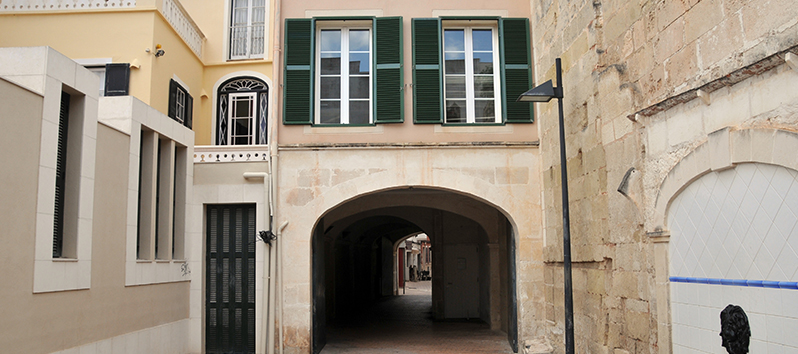
The English footprint has also reached the furniture. Sober and solemn furniture like those of the “Reina Ana” style, or the most classic ones that respond to the “Sheraton” style or even the most elegant of “Chippendale” influence have been reproduced by cabinetmakers in later times until today.
The cultural legacy
And if the British legacy in Menorca is voluminous in terms of military and civil buildings, it is no less so in terms of the cultural heritage that they left there. It was sailors and soldiers who, as fans of this alcoholic drink, introduced the gin to the island. As for solids, the famous English pudding (“greixera dolça” in menorquín) has been elaborated in this Balearic island for over 200 years now. Also the “brou de xenc” (a tasty beef broth) and the lard with which many Menorcan recipes are made to replace the butter are of strong British roots.

Among children, some games and entertainment such as the cannibal or “mérvels2 or “faitim”, the classic game of the pilla-pilla whose name derived from the English words “fight him” still remain. Moreover, Menorcan vocabulary is full of anglicisms. Among the most popular terms we can find: “bótil” ( bottle – bottle); “grevy” ( gravy – sauce); “escrú” ( screw – screwdriver); “xubec” (to bed – siesta); “fingles” ( fingers – fingers); or “moguin” ( mahogany).
And if the Day of the Innocents in the rest of Spain is celebrated on December 28, it is on April 1st when in Menorca jokes of all kinds are said amongst young and old in the “Day d’enganar”, a clear heritage of the “April’s Fools Day” of Anglo-Saxon tradition.
The island of Menorca has always been a coveted territory for its strategic position in the Mediterranean; This is why it was the English who in the 18th century gained control, leaving an influence that has survived until our days throughout the island.


